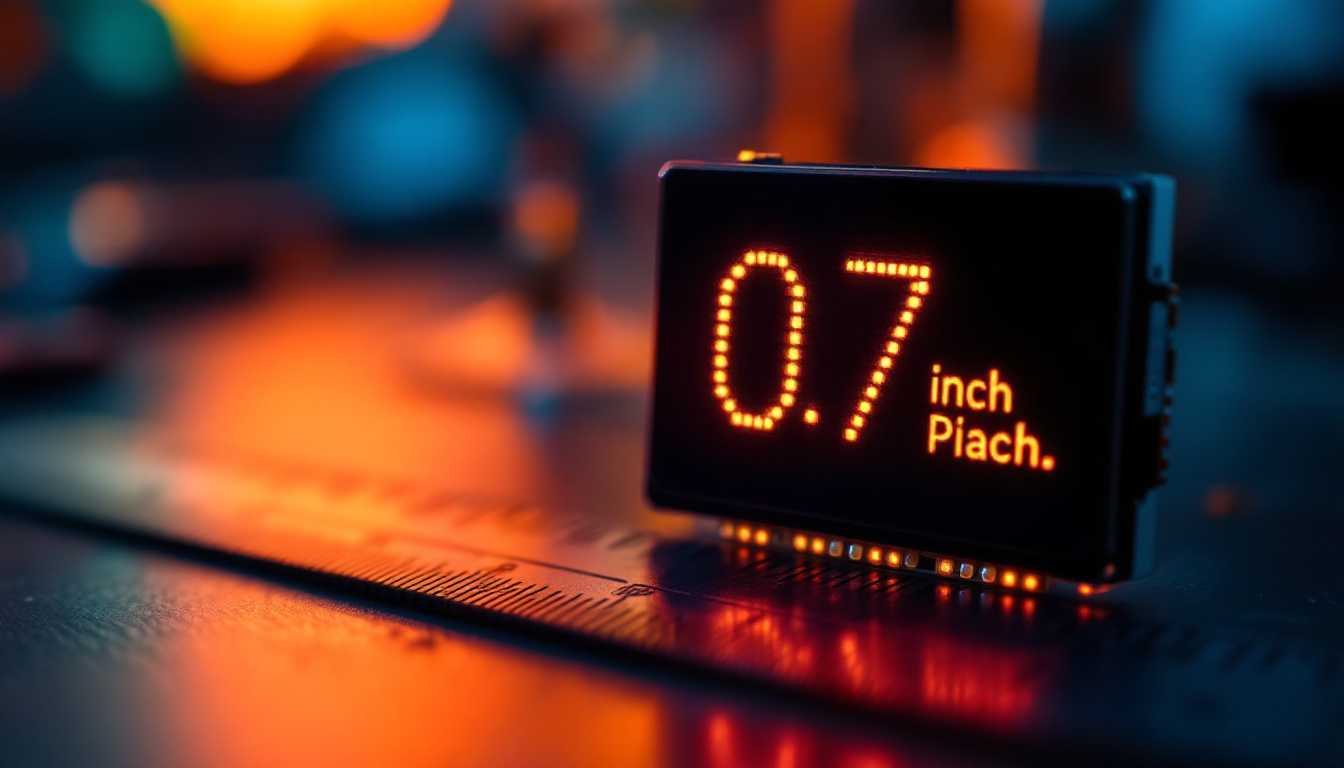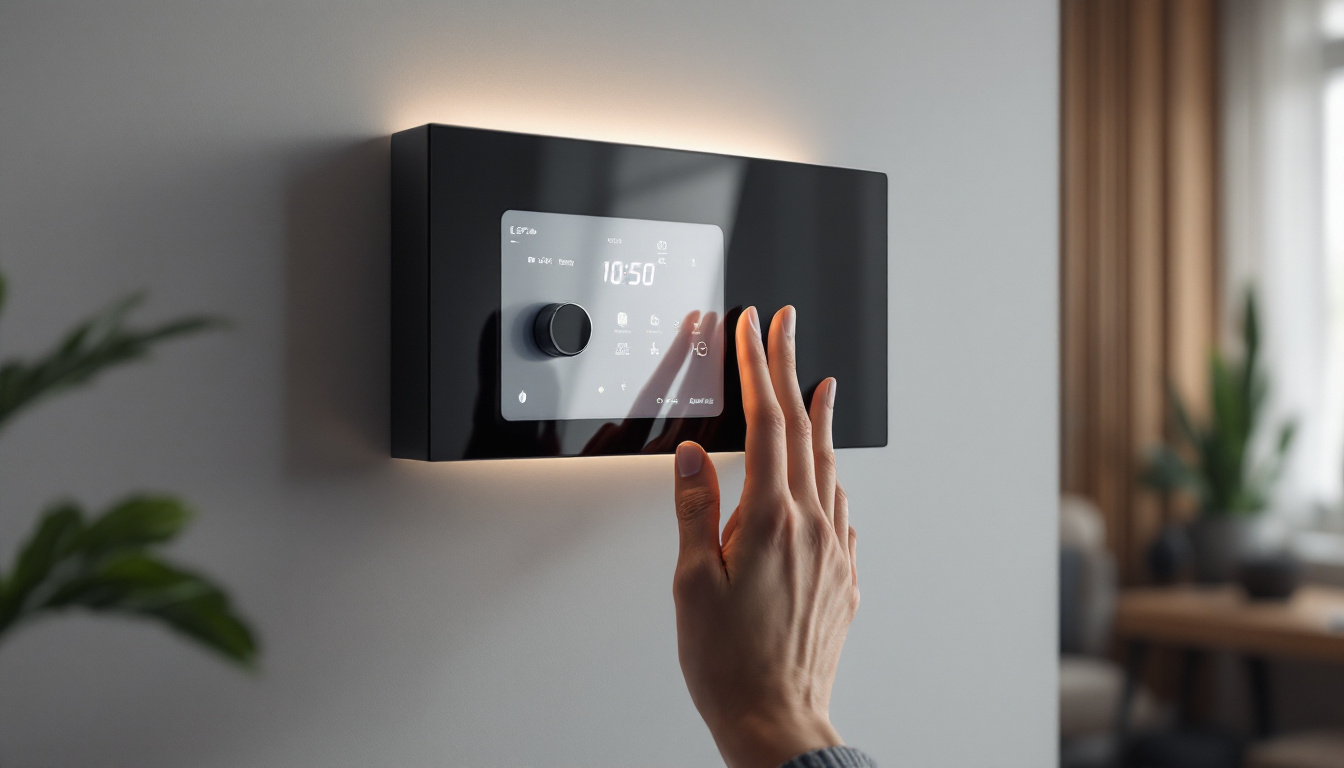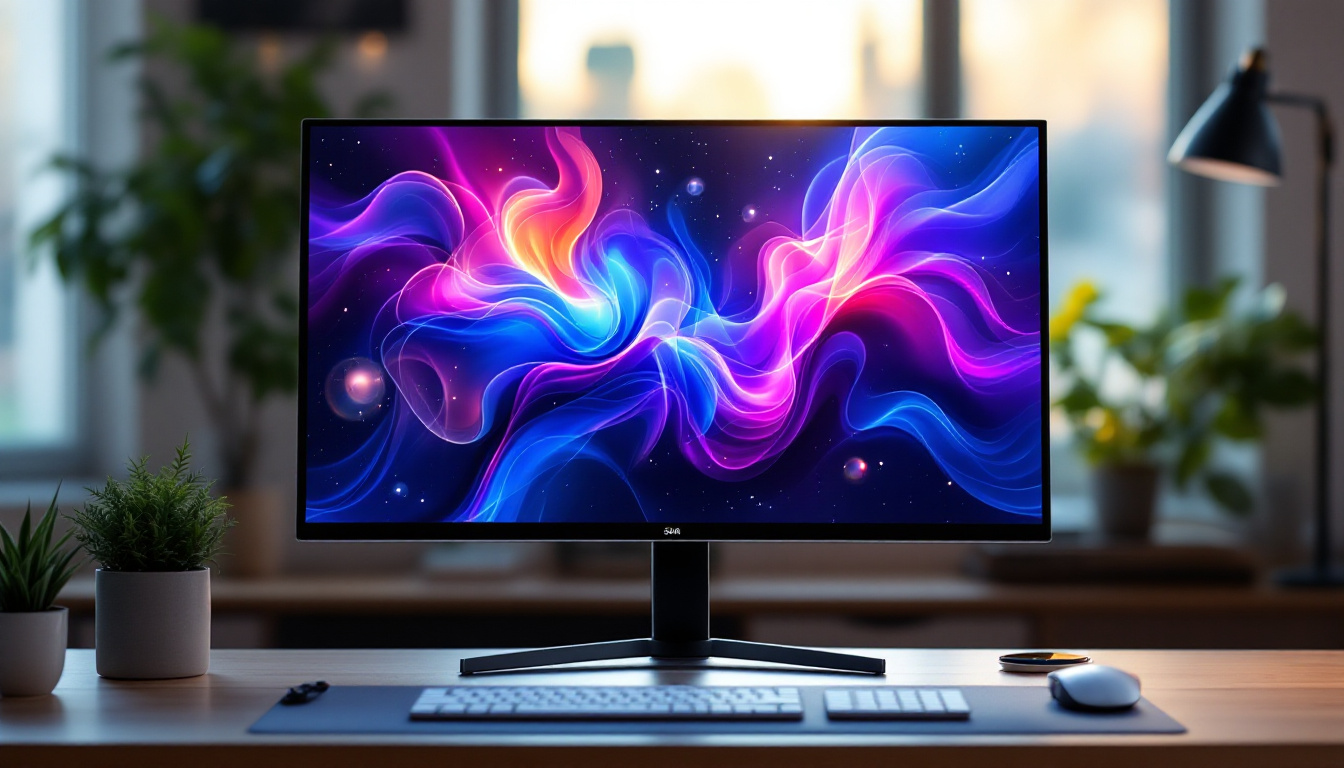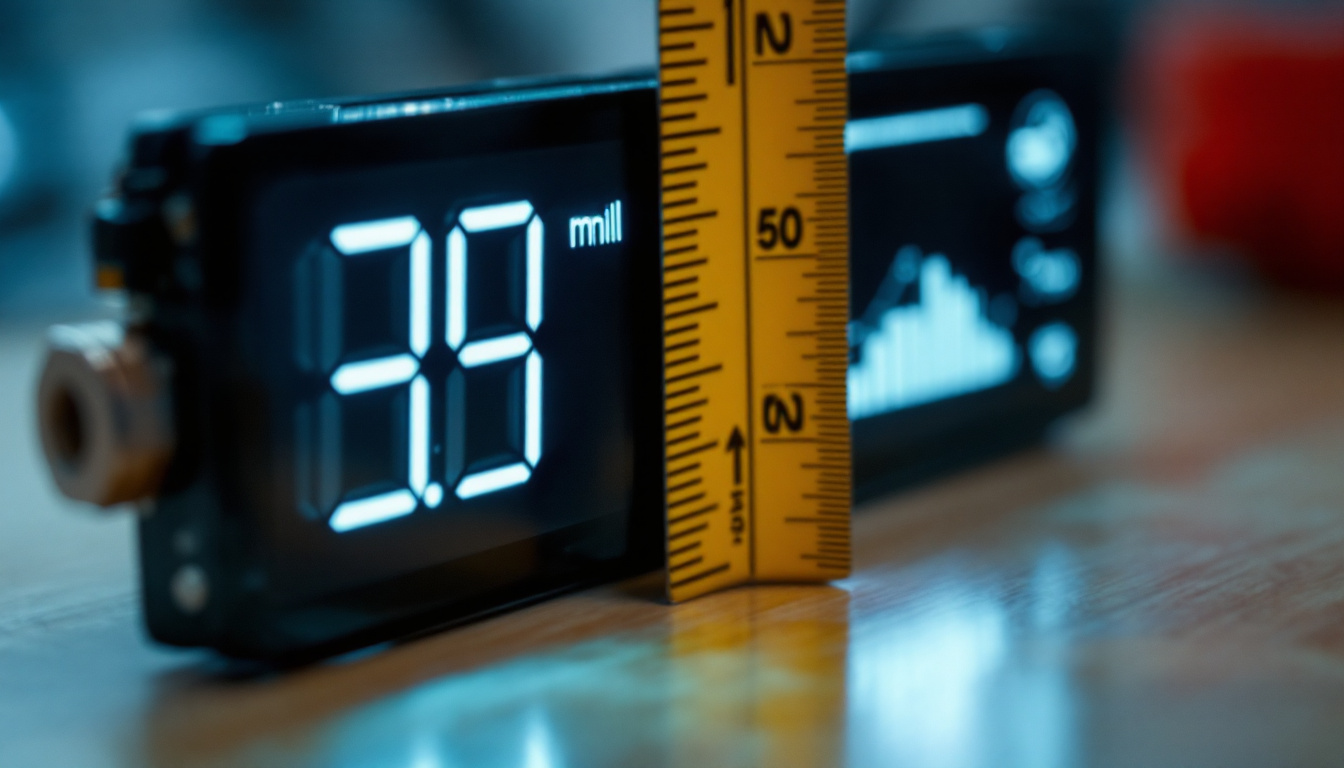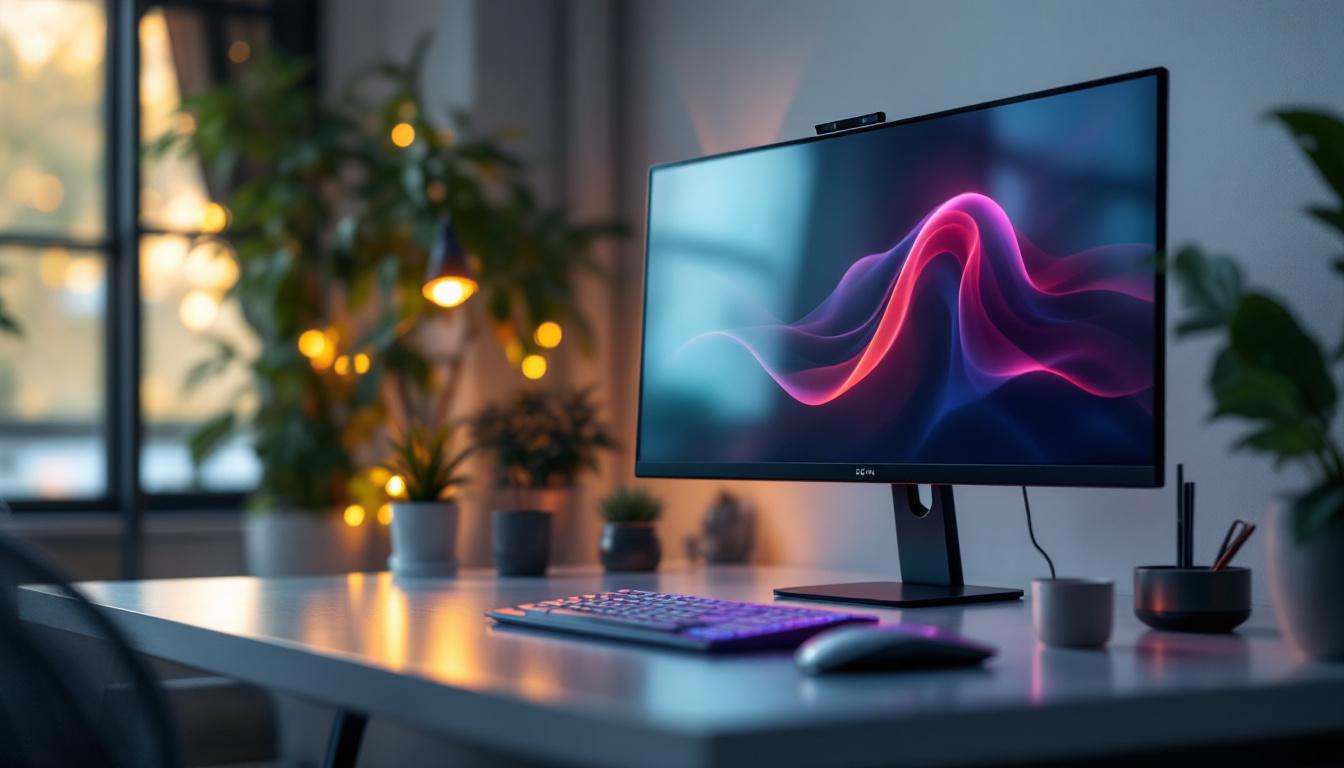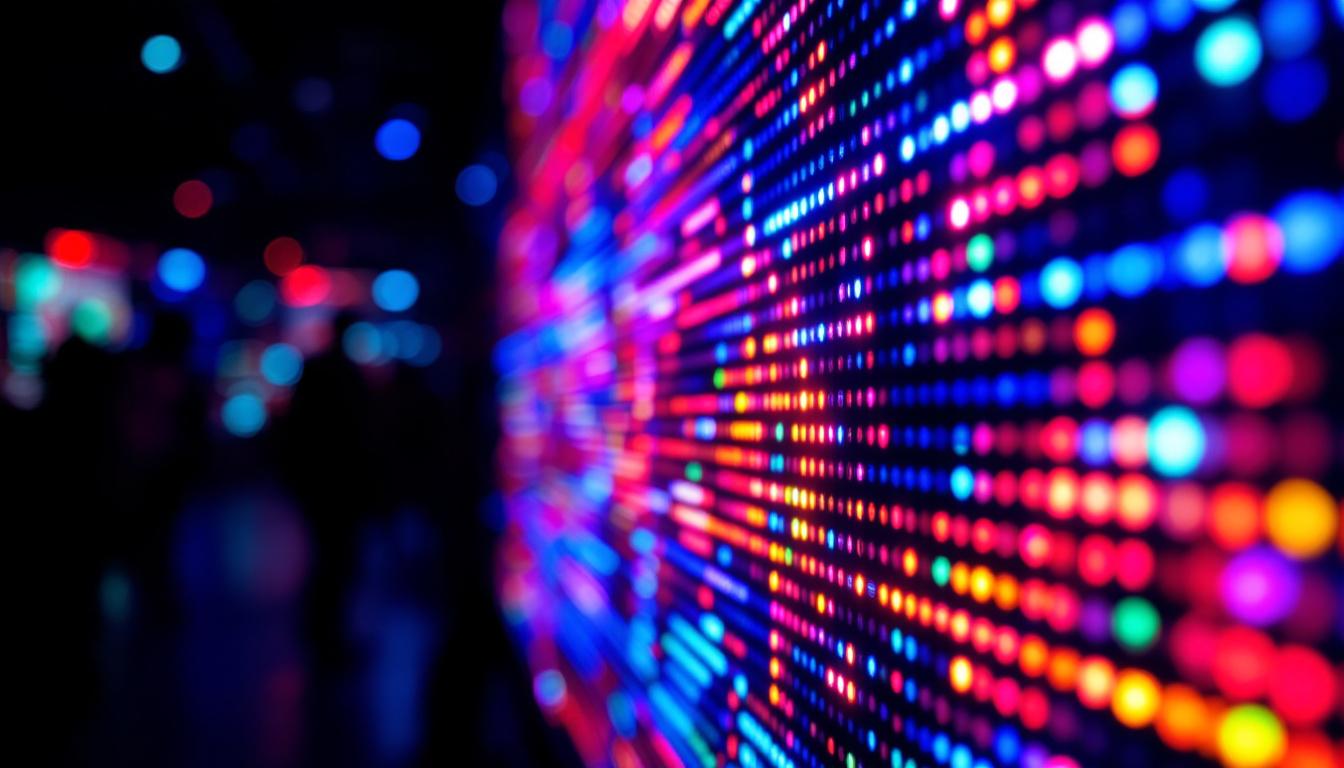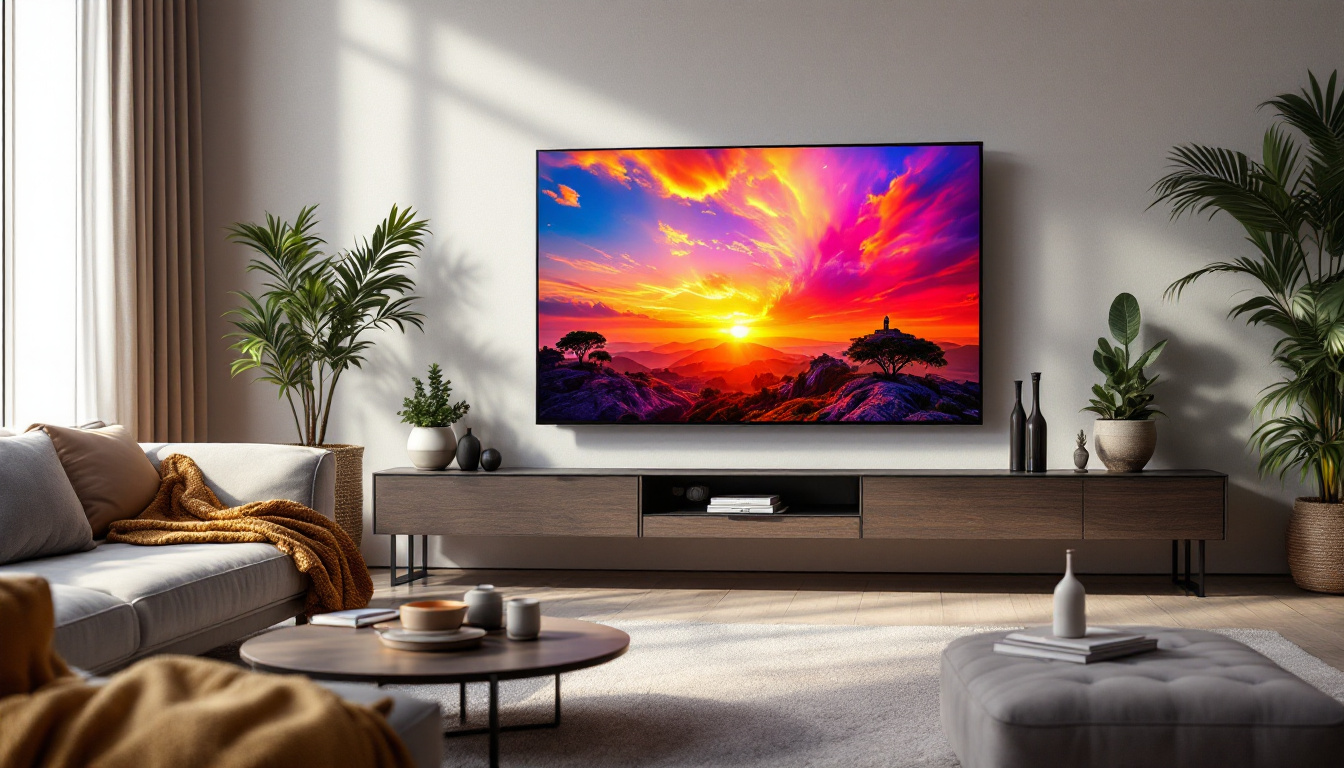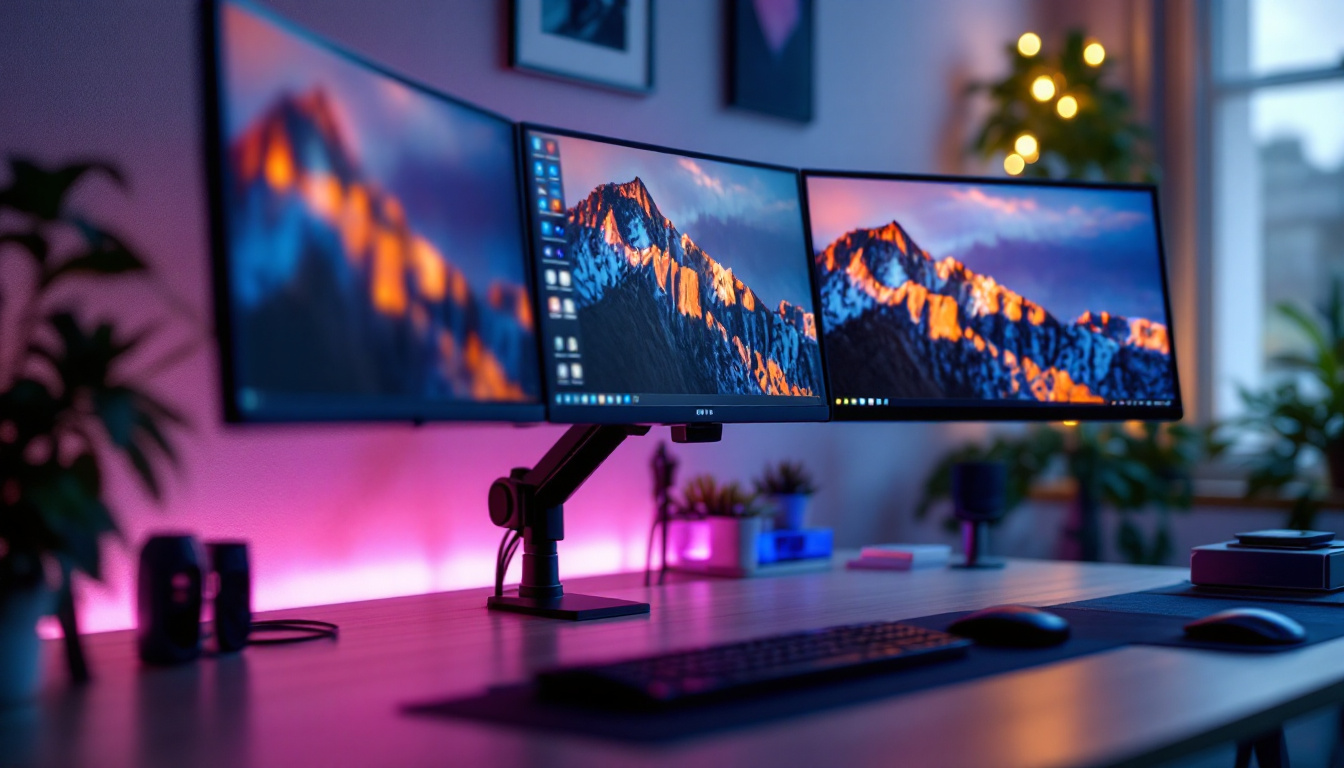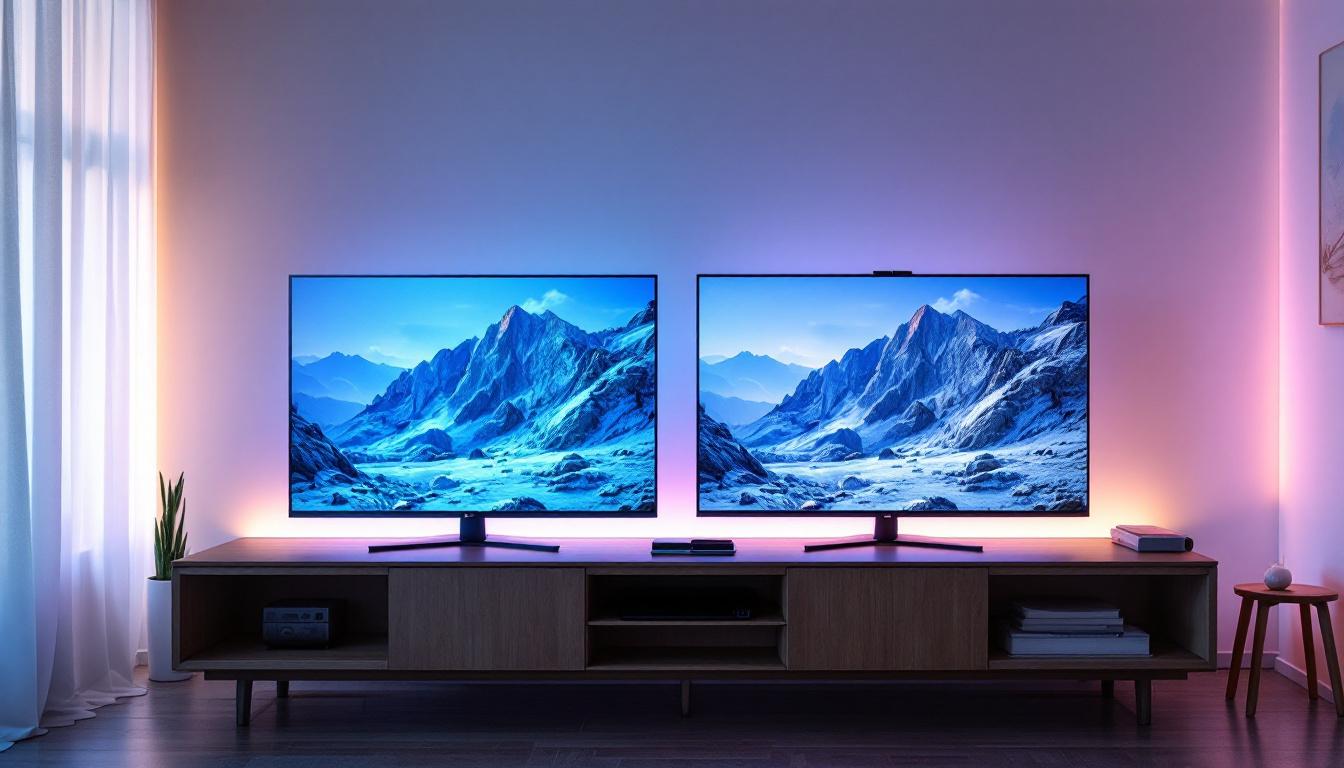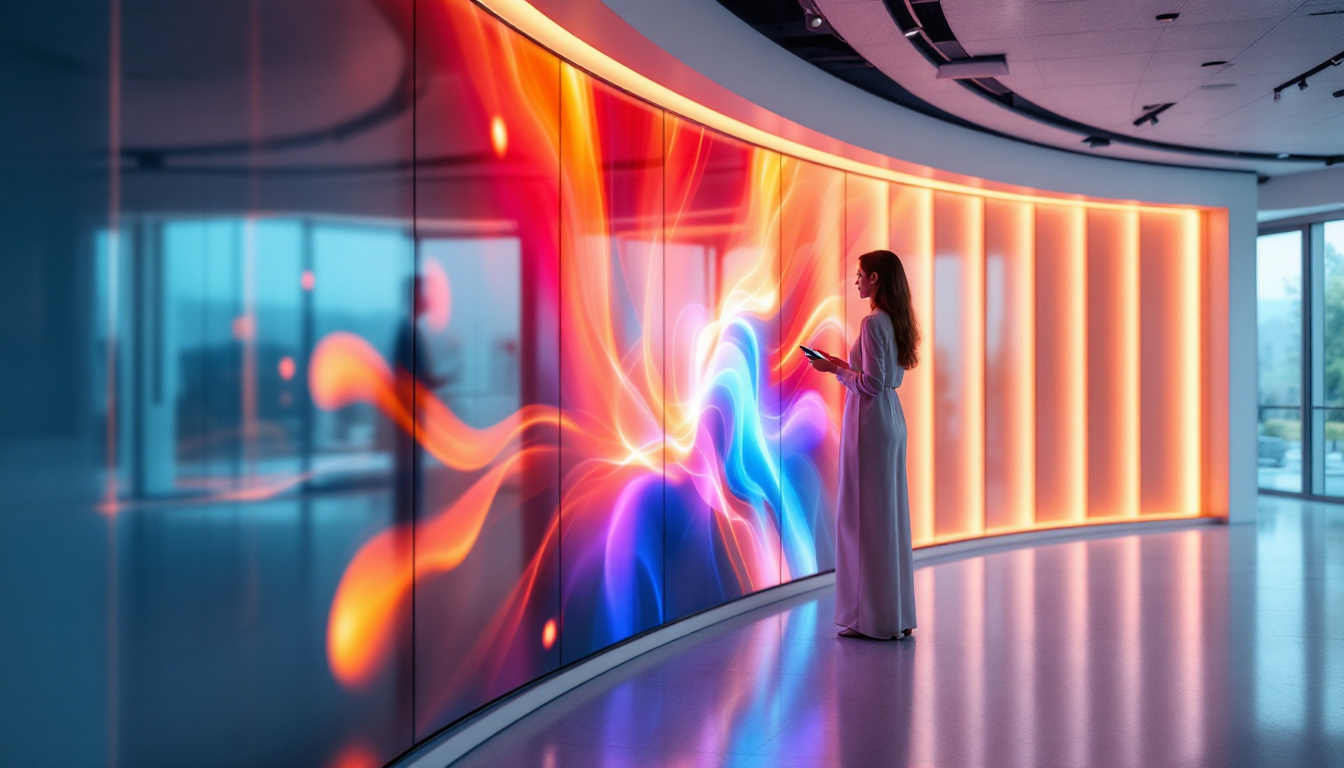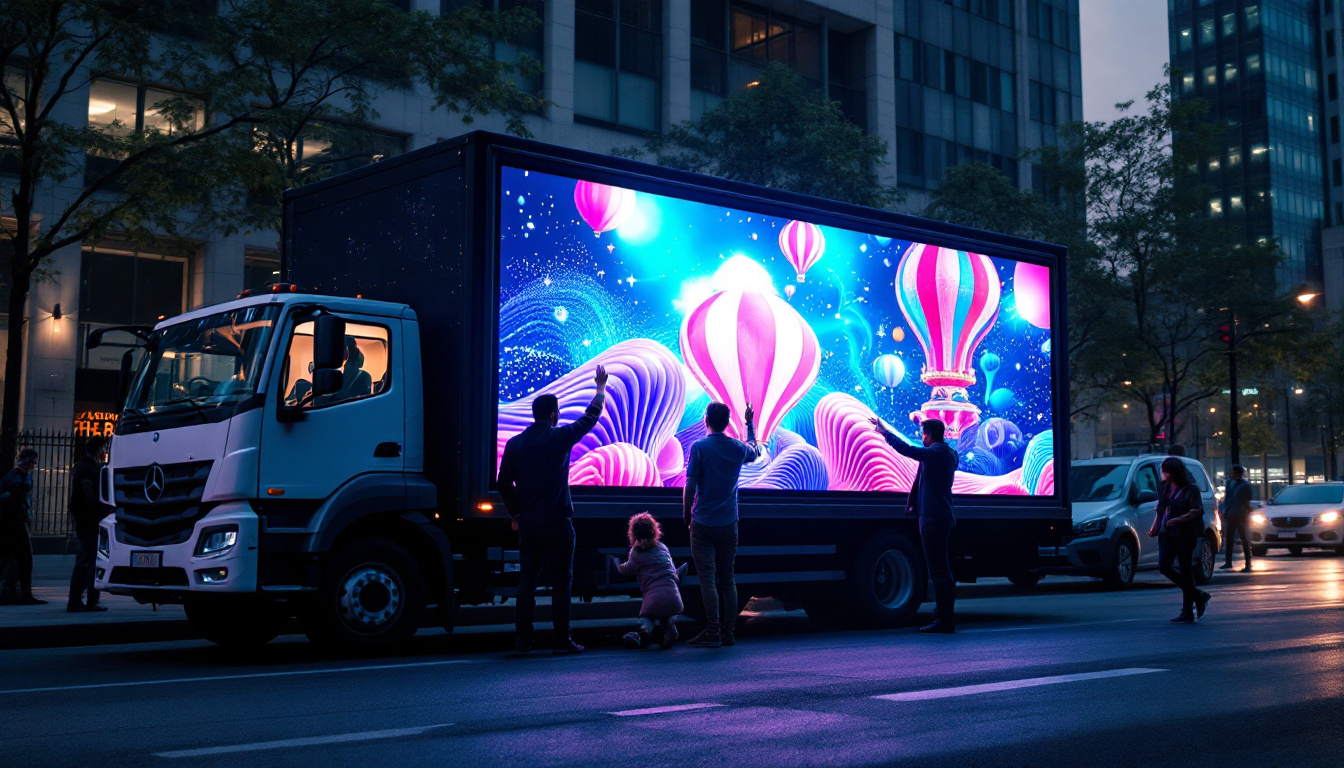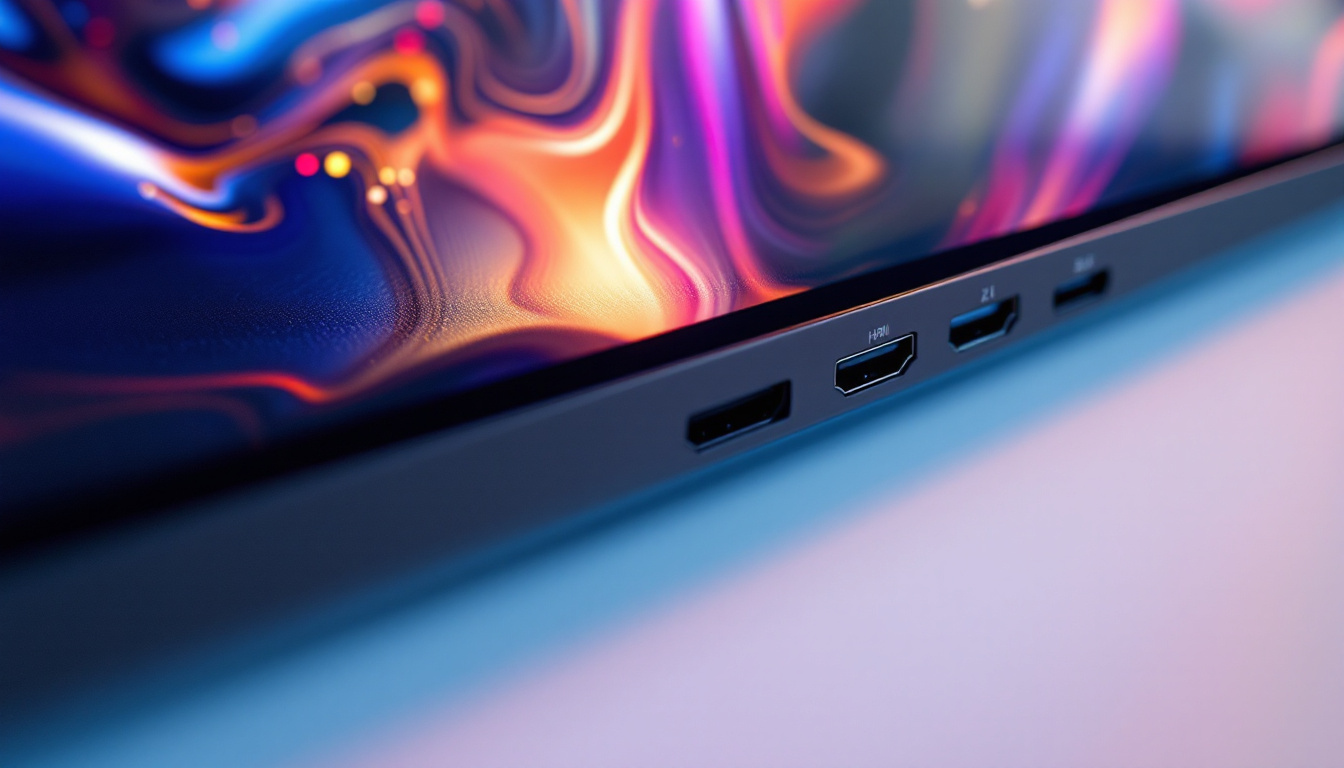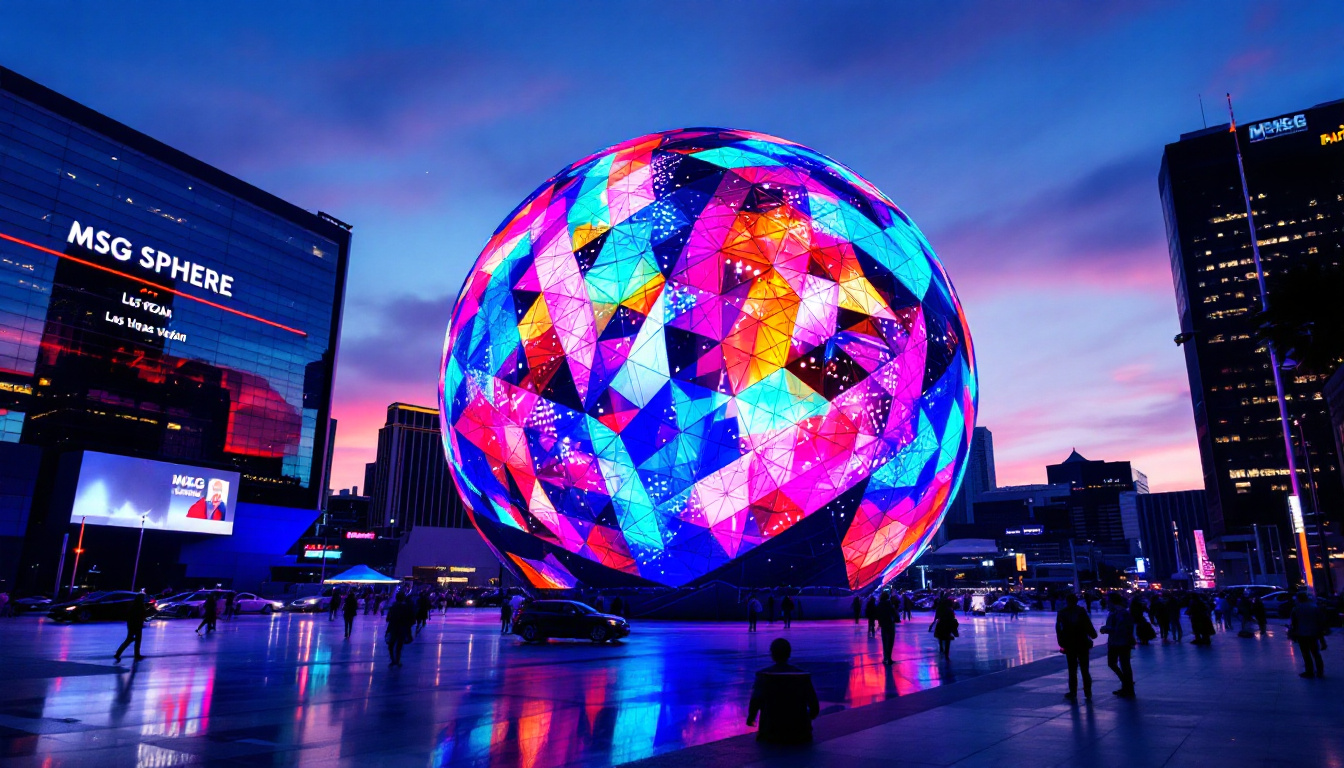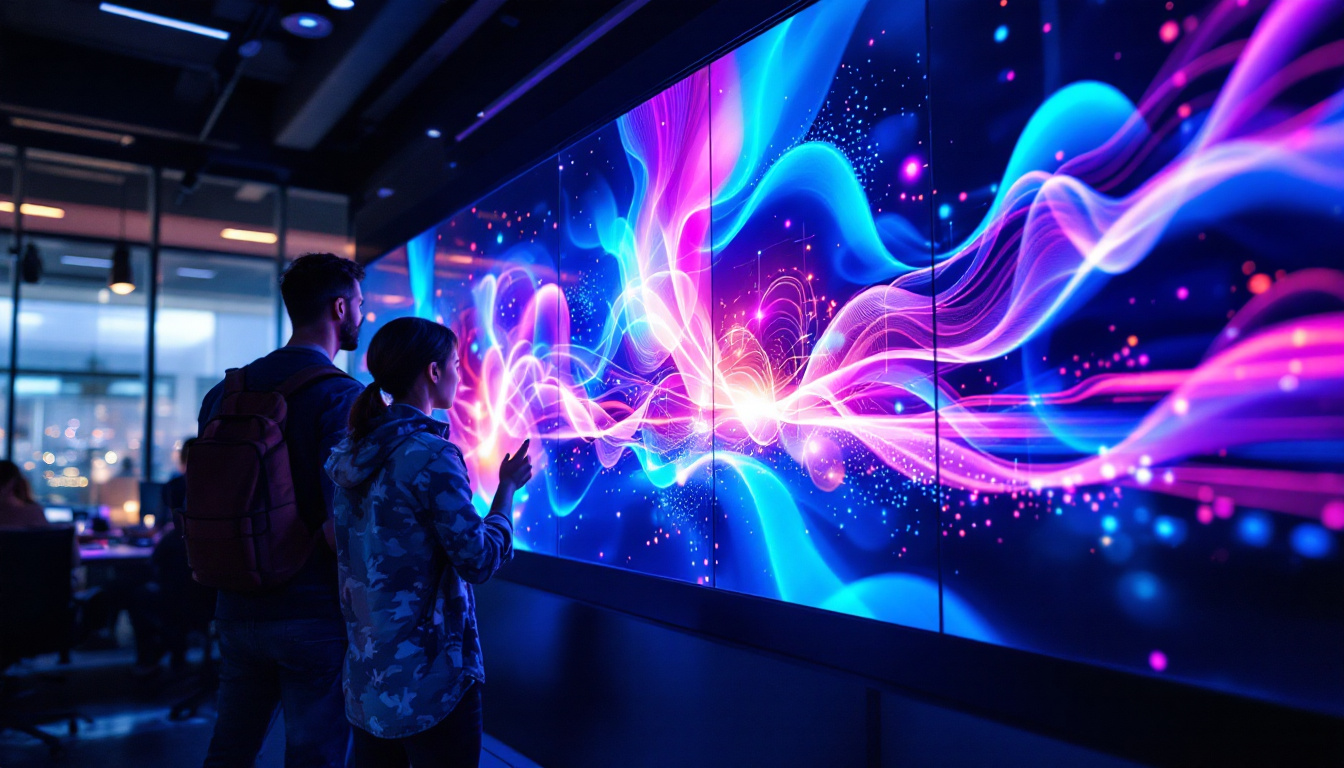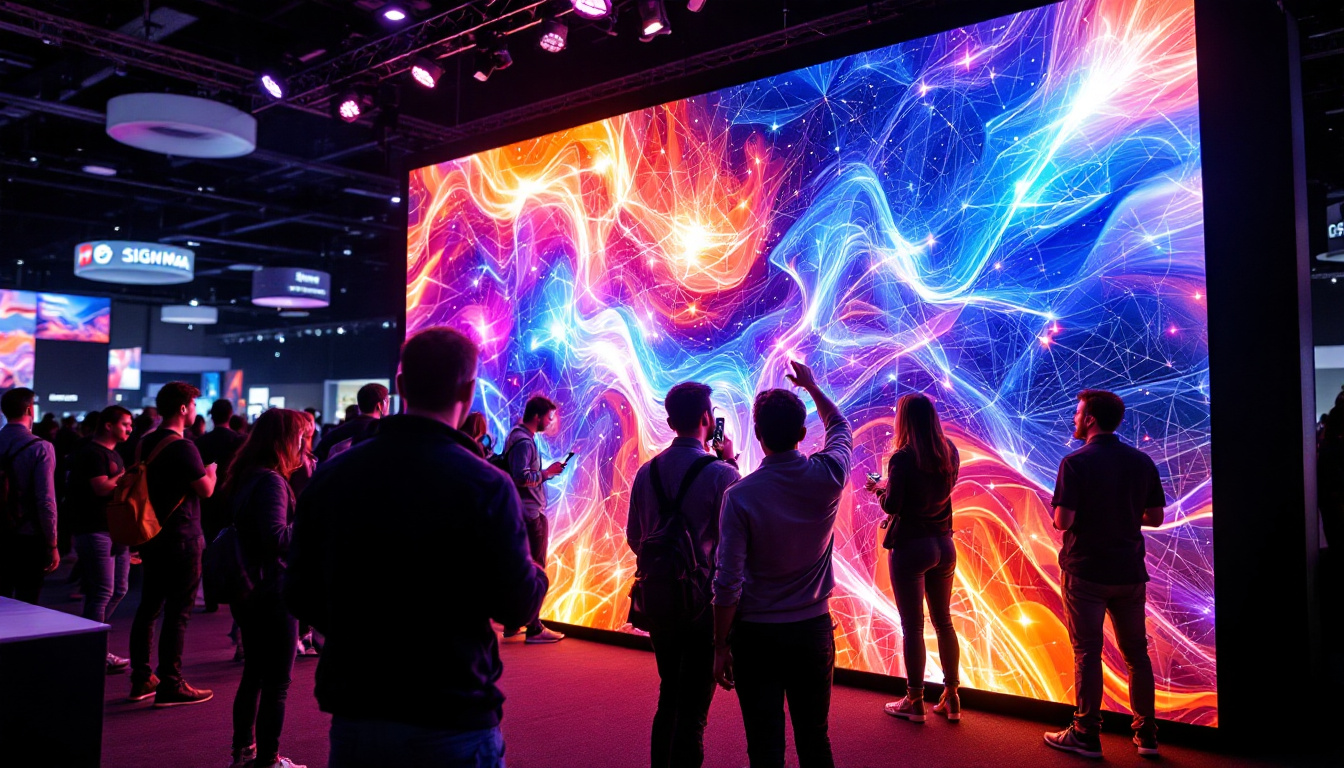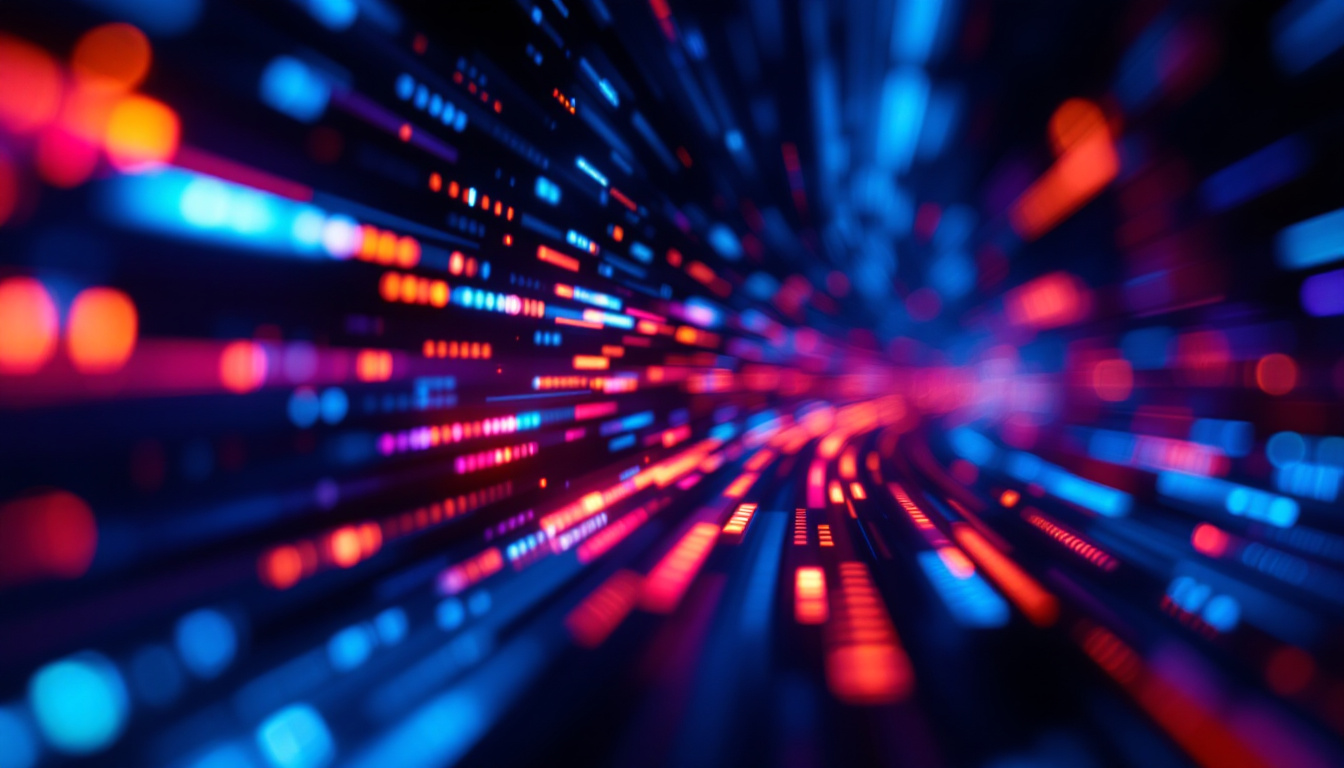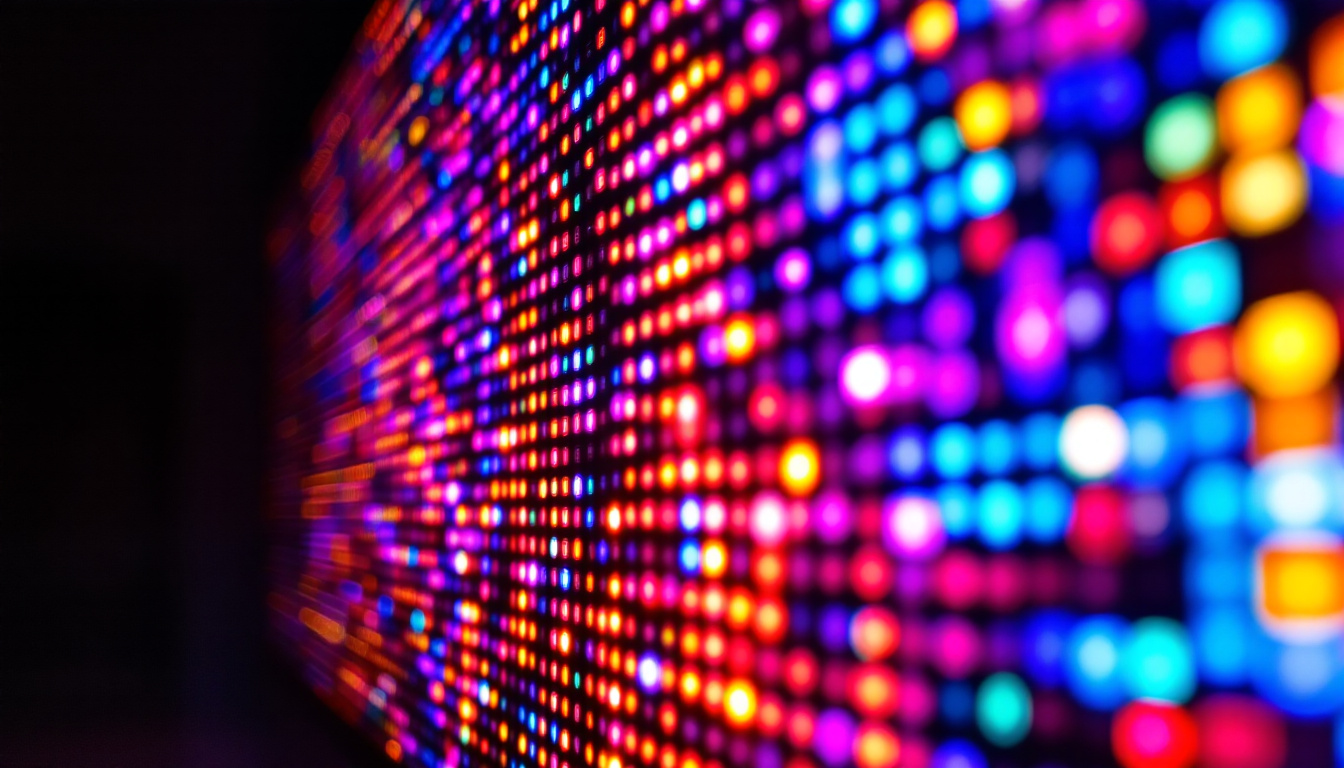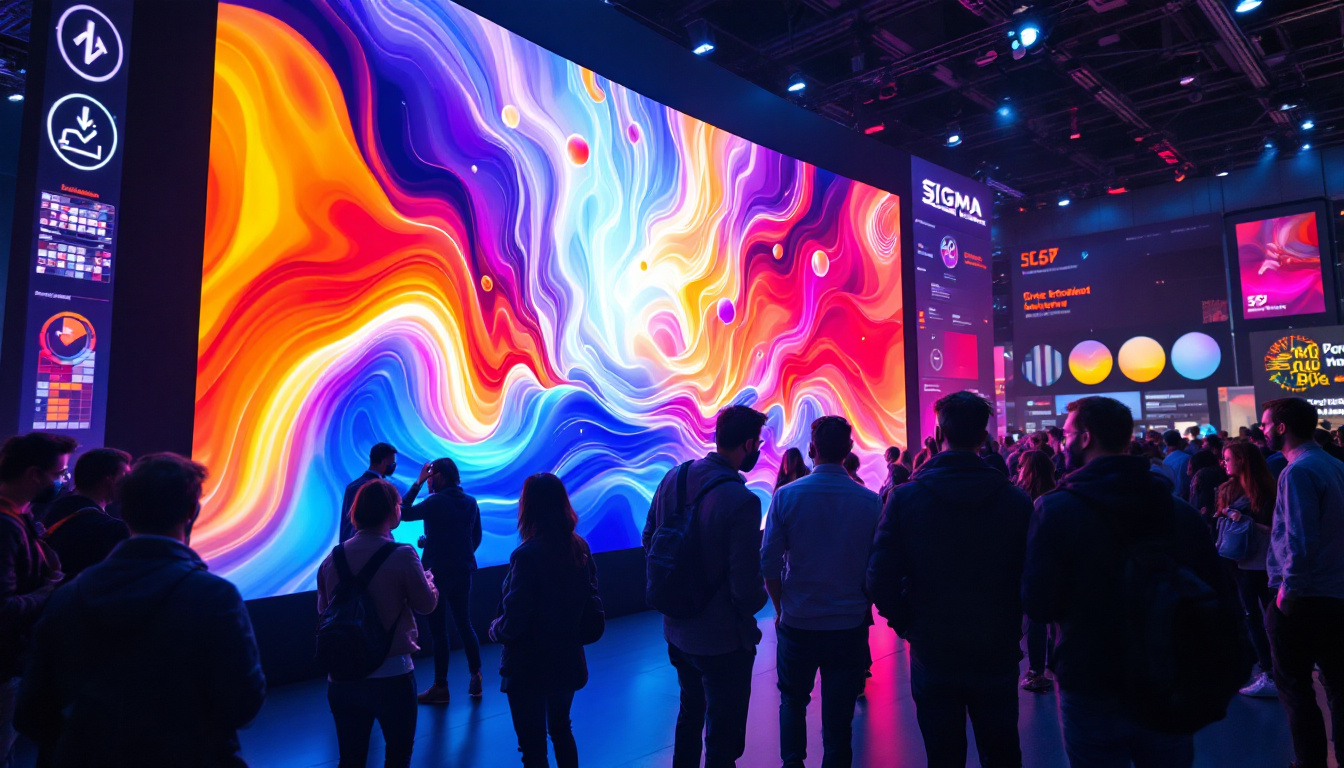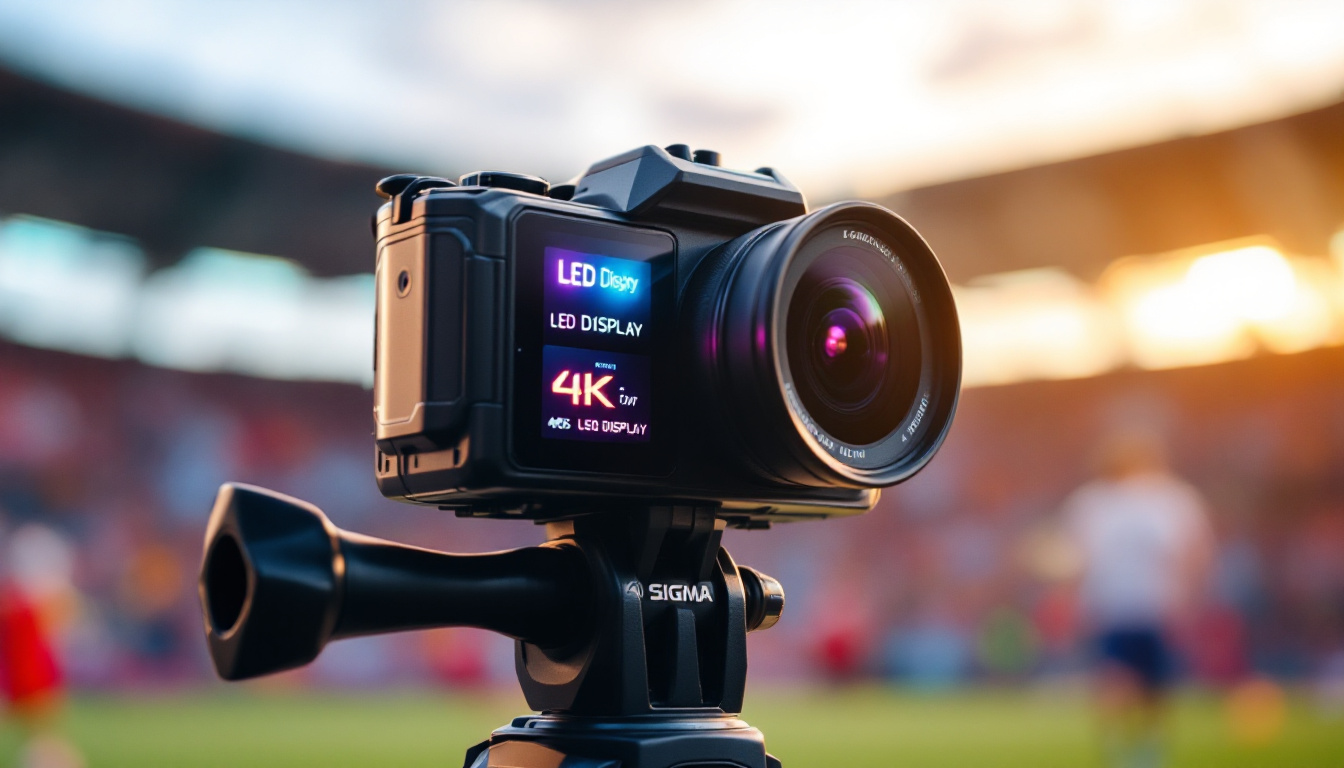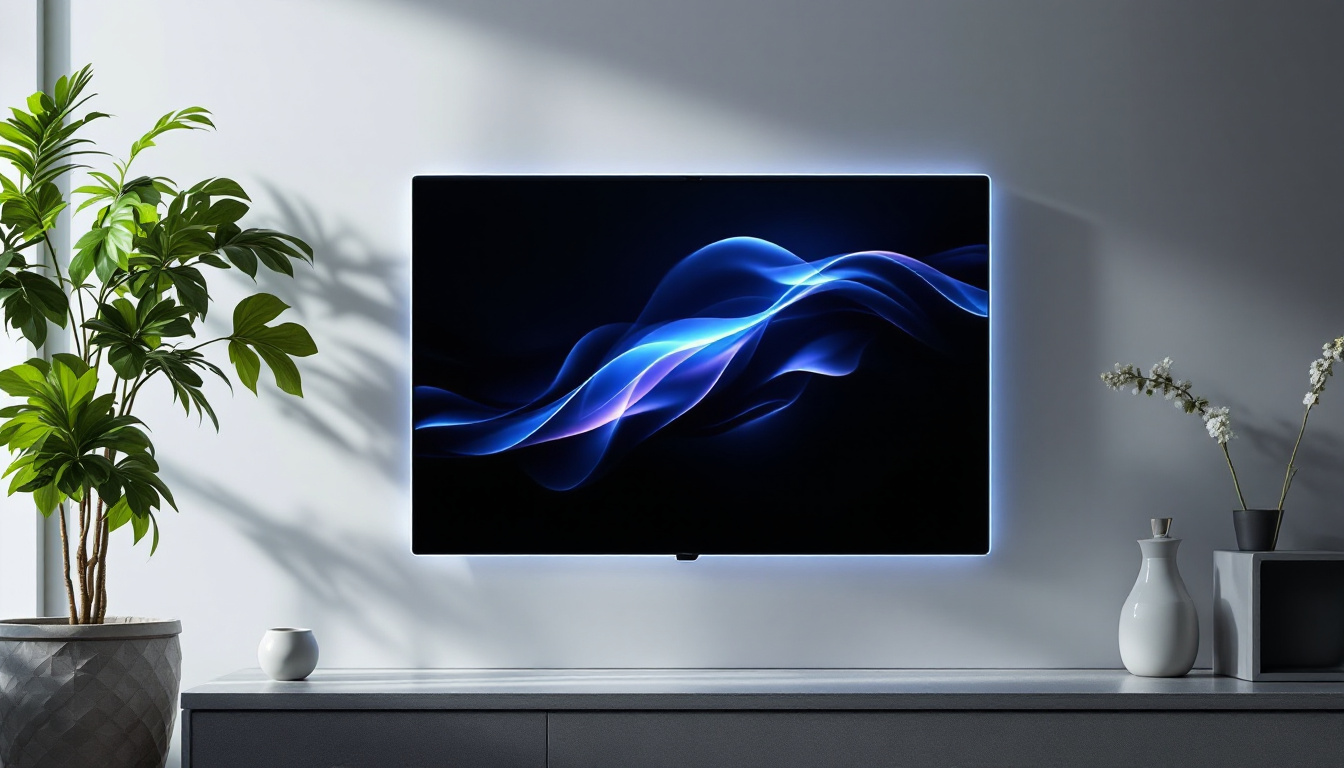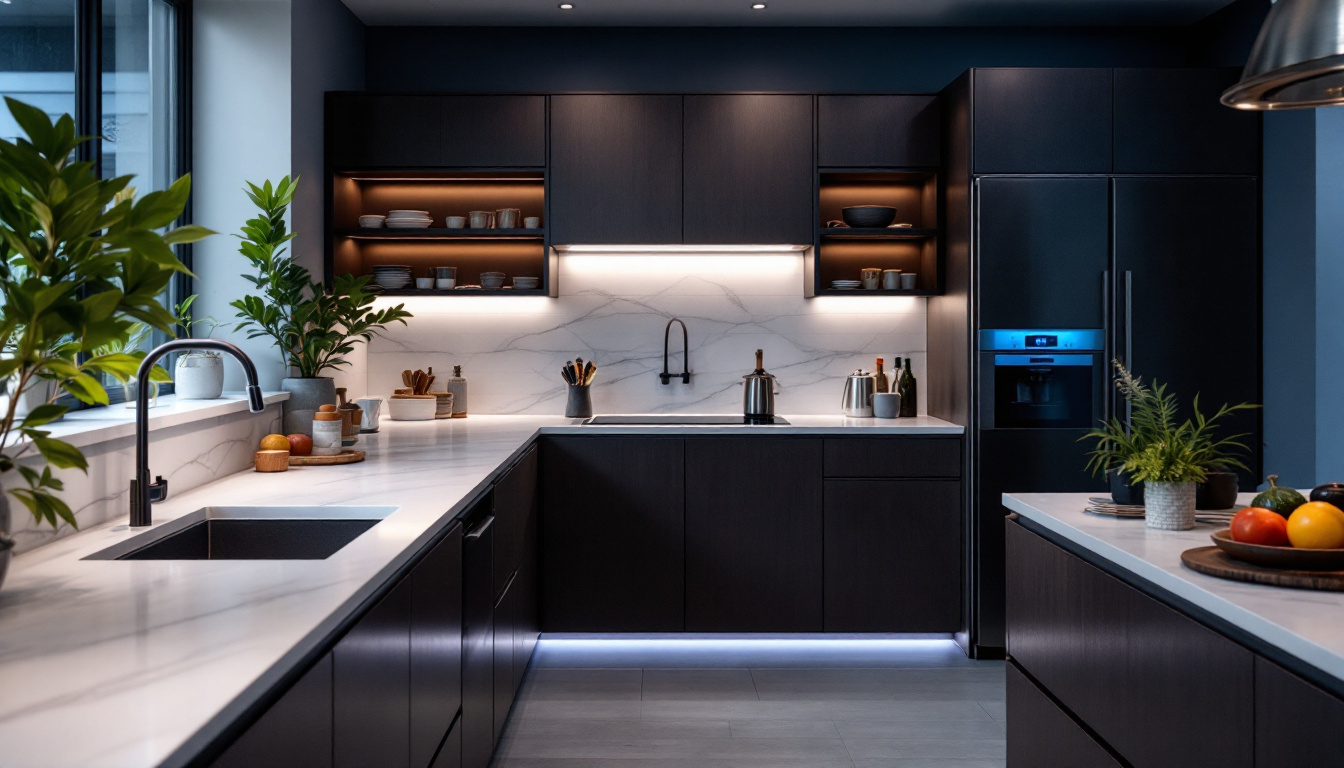In the world of electronics, LED displays have become ubiquitous, serving various functions across multiple industries. One common size that often comes up is the 0.7-inch LED display. This article delves into the intricacies of this specific display size, exploring its applications, advantages, and technical specifications.
Understanding LED Displays
LED, or Light Emitting Diode, displays are a type of flat panel display that uses LEDs as pixels for video display. Unlike traditional LCDs, which rely on backlighting, LED displays emit light directly, resulting in brighter images and more vibrant colors. The 0.7-inch size refers to the diagonal measurement of the display, making it compact yet powerful. This small form factor is not only aesthetically pleasing but also highly functional, allowing for integration into a variety of devices without sacrificing performance.
How LED Displays Work
LED displays operate by passing an electric current through semiconductor materials, which then emit light. Each pixel in an LED display is made up of red, green, and blue (RGB) diodes, allowing for a wide range of colors to be produced. The combination of these colors can create millions of different hues, making LED displays versatile for various applications. This technology also enables features like dynamic brightness adjustment, which enhances visibility in different lighting conditions, ensuring that the display remains clear and legible whether in bright sunlight or dim environments.
In a 0.7-inch display, the compact size does not compromise the quality of the image. These displays can achieve high pixel densities, meaning more pixels are packed into a smaller area. This results in sharper images and clearer text, which is particularly beneficial in applications where space is limited. Furthermore, advancements in LED technology have led to improved energy efficiency, allowing these displays to consume less power while still delivering impressive performance, making them an eco-friendly choice for manufacturers and consumers alike.
Applications of 0.7-Inch LED Displays
The 0.7-inch LED display is particularly popular in devices where space is at a premium. Common applications include digital clocks, measuring instruments, and various handheld devices. Their small size and high visibility make them ideal for use in environments where quick information access is essential. In addition to these uses, 0.7-inch displays are increasingly found in smart home devices, such as thermostats and smart speakers, where they provide users with real-time data at a glance.
Additionally, these displays are often used in consumer electronics, such as remote controls and portable gaming devices. The compact nature allows for a sleek design while still providing essential information to the user. Beyond consumer applications, 0.7-inch LED displays are also utilized in industrial settings, where they can serve as indicators on machinery or control panels, providing critical operational data in a format that is easy to read and interpret quickly. This versatility highlights the growing importance of LED technology in both everyday devices and specialized equipment, as manufacturers continue to explore new possibilities for integration and functionality.
Advantages of 0.7-Inch LED Displays
There are several advantages to using 0.7-inch LED displays, particularly when compared to other types of displays. These benefits make them a preferred choice in many applications.
Energy Efficiency
One of the most significant advantages of LED technology is its energy efficiency. LED displays consume less power than traditional LCD or OLED displays, making them an environmentally friendly option. This efficiency not only reduces electricity costs but also extends the lifespan of the device in which the display is used. Additionally, the lower heat output of LED displays means that they require less cooling, further enhancing their energy-saving capabilities. This is particularly beneficial in compact devices where space is limited, allowing manufacturers to design sleeker products without the need for bulky cooling systems.
Brightness and Visibility
Another key benefit of 0.7-inch LED displays is their brightness. These displays can produce high levels of luminance, making them easily readable in various lighting conditions, including bright sunlight. This is particularly important for outdoor applications or in environments with fluctuating light levels. The ability to adjust brightness dynamically based on ambient light not only improves user experience but also conserves energy when full brightness is unnecessary.
Moreover, LED displays maintain their visibility at various angles, ensuring that the information displayed is easily accessible from different positions. This feature is crucial for devices that may be viewed from multiple angles. In addition, the color accuracy and contrast ratio of LED displays contribute to a more vibrant and engaging viewing experience, making them ideal for applications where color differentiation is essential, such as in medical devices or high-end consumer electronics. The compact size of 0.7-inch displays also allows for innovative designs in wearable technology, where space is at a premium yet clarity and detail remain paramount.
Technical Specifications of 0.7-Inch LED Displays
To fully appreciate the capabilities of a 0.7-inch LED display, it is essential to understand its technical specifications. These specifications often include pixel pitch, resolution, and power consumption, among others.
Pixel Pitch and Resolution
Pixel pitch refers to the distance between the centers of two adjacent pixels. In a 0.7-inch display, the pixel pitch is typically small, allowing for a high resolution. A smaller pixel pitch results in a higher pixel density, which translates to clearer images and sharper text.
For instance, a 0.7-inch display may have a resolution of 128×64 pixels, providing sufficient detail for a variety of applications. This resolution is particularly effective for displaying alphanumeric characters, making it suitable for devices like digital meters and clocks. Moreover, the high pixel density enables the display to render intricate graphics and icons, enhancing the user experience in applications such as wearable technology and compact electronic devices.
Power Consumption
Power consumption is a critical factor in the design of any electronic device. 0.7-inch LED displays are designed to be energy-efficient, often consuming less than 0.1 watts per display. This low power requirement is advantageous for battery-operated devices, contributing to longer battery life and reduced energy costs.
In addition to their low power consumption, these displays often feature advanced technologies such as dynamic brightness adjustment, which further optimizes energy use based on ambient light conditions. This capability not only prolongs battery life but also enhances visibility in various lighting environments, making 0.7-inch LED displays ideal for portable gadgets and smart home devices. Furthermore, the integration of these displays with microcontrollers allows for sophisticated control over power management, ensuring that the display operates efficiently without compromising performance.
Choosing the Right 0.7-Inch LED Display
When selecting a 0.7-inch LED display, several factors should be considered to ensure it meets the specific needs of the application. Understanding these factors can help in making an informed decision.
Brightness Levels
Different applications may require varying brightness levels. For instance, displays used in outdoor environments will need higher brightness to remain visible in sunlight. Conversely, indoor applications may require lower brightness levels. It is essential to evaluate the intended use to choose a display with appropriate brightness specifications.
Color Options
While many 0.7-inch LED displays are monochrome, color options are available for applications that require more dynamic visuals. RGB displays can offer a broader range of colors, making them suitable for applications like advertising or interactive devices. Understanding the color requirements of the project is crucial in selecting the right display.
Installation and Integration
Integrating a 0.7-inch LED display into a device involves several steps, from mounting to wiring. Proper installation is essential to ensure optimal performance and longevity of the display.
Mounting Techniques
Mounting a 0.7-inch LED display can vary based on the design of the device. Some displays come with built-in mounting options, while others may require additional hardware. It is crucial to follow the manufacturer’s guidelines for mounting to avoid damage and ensure the display operates correctly.
Wiring and Connectivity
Wiring is another critical aspect of integrating a 0.7-inch LED display. Proper connections must be made to ensure the display receives the correct signals and power. Depending on the application, various communication protocols may be used, such as I2C or SPI. Understanding the required connections is vital for successful integration.
Future Trends in LED Display Technology
The LED display industry is continually evolving, with advancements in technology leading to exciting new possibilities. As demand for more efficient and versatile displays grows, several trends are emerging in the market.
Smart Displays
One of the most significant trends is the integration of smart technology into LED displays. Smart displays can connect to the internet, allowing for real-time updates and remote control. This capability opens up new possibilities for applications in advertising, information display, and more.
Flexible and Curved Displays
Another trend is the development of flexible and curved LED displays. These displays can be bent or shaped to fit unique designs, offering more creative freedom in product development. This innovation is particularly appealing in the automotive and consumer electronics industries, where aesthetics play a crucial role.
Conclusion
The 0.7-inch LED display is a powerful tool in the realm of electronics, offering a compact solution for various applications. Its energy efficiency, brightness, and versatility make it a preferred choice in many devices. Understanding the technical specifications and installation requirements can help in selecting the right display for specific needs.
As technology continues to advance, the future of LED displays looks promising, with smart and flexible options on the horizon. Embracing these innovations will undoubtedly lead to exciting developments in the world of displays, enhancing user experiences across the board.
Explore Cutting-Edge LED Displays with LumenMatrix
Ready to elevate your visual experience with the latest in LED display technology? Look no further than LumenMatrix, a pioneer in crafting innovative LED display modules that bring your brand to life. Whether you’re seeking vibrant Indoor LED Wall Displays, robust Outdoor LED Wall Displays, dynamic Vehicle LED Displays, sleek LED Poster Displays, immersive LED Sports Displays, interactive Floor LED Displays, tailored Custom LED Displays, versatile All-in-One LED Displays, or transparent LED Displays, LumenMatrix has the solution to captivate your audience. Embrace the future of visual communication and Check out LumenMatrix LED Display Solutions today to create unforgettable visual narratives and share your message with unparalleled clarity and impact.

